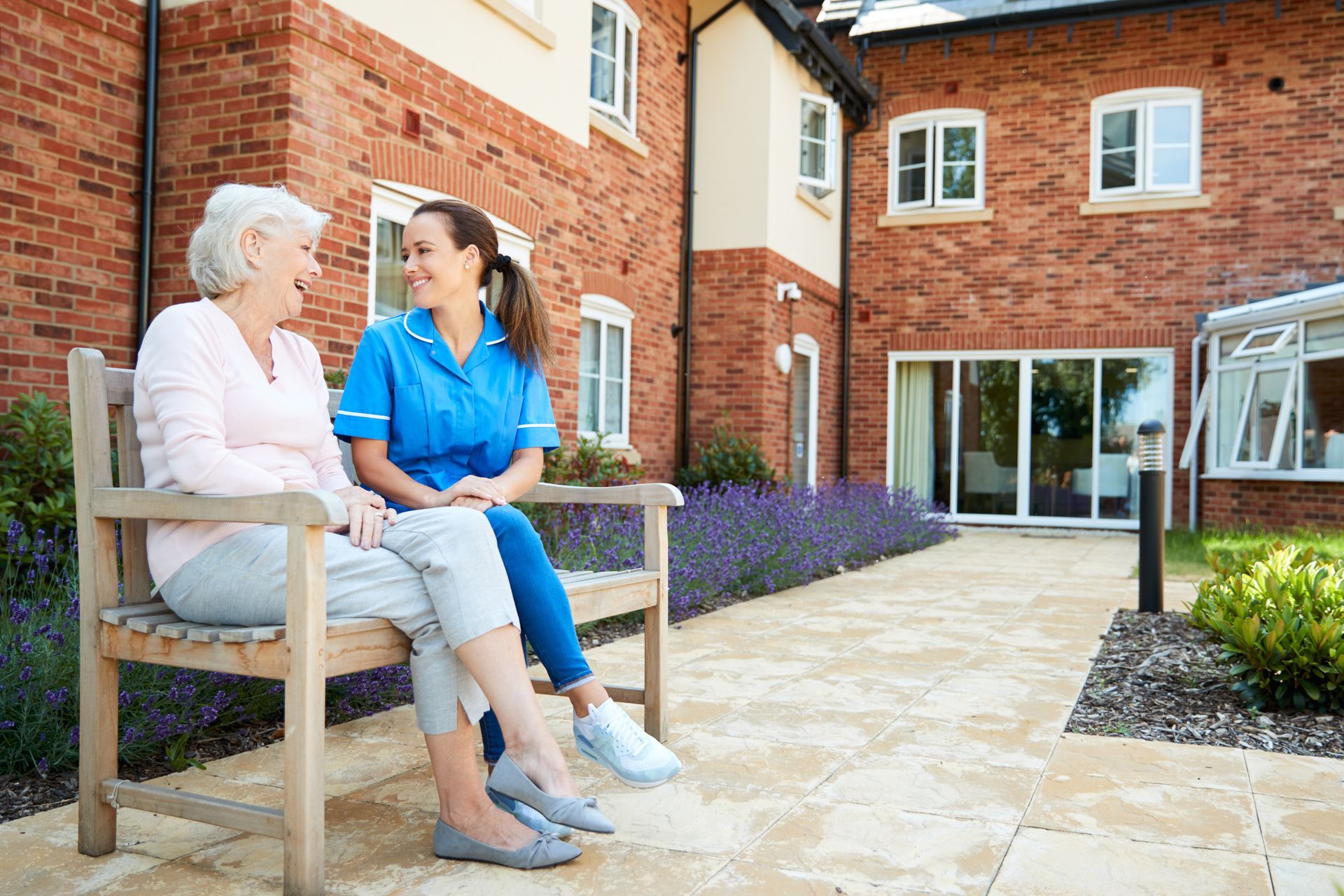BLOG
Empower Your Business to Champion Support for Family Caregivers of Seniors
Starting a business that supports family caregivers of seniors is a rewarding venture that addresses a growing need in our society. As the population ages, more families find themselves in caregiving roles, often without the necessary resources or support. By focusing on key strategies to meet their unique needs, you can create a business that not only thrives but also significantly impacts the lives of caregivers and their loved ones.
Leveraging Technology to Enhance Caregiving Services
Incorporating technology into your caregiving business can significantly elevate the quality and efficiency of family services. You can provide proactive and personalized care by utilizing innovative tech tools like fall detection sensors and remote monitoring systems. These advancements streamline daily caregiving tasks and allow for real-time health monitoring, enabling timely interventions and reducing emergency situations. As technology evolves, it presents a unique opportunity for your business to stand out by offering innovative solutions that promote independence and improve the caregiving experience.
Enhance Your Business with an Online Degree
One effective way to enhance your business offerings is by pursuing an online degree. For instance, accredited nurse practitioner programs online allow you to take a hands-on role in diagnosing and treating patients, thereby expanding the range of services your business can provide. Online degree programs are designed to fit into your busy life, making it easy to earn your degree while still working full-time or tending to family obligations. This investment in education can lead to a more comprehensive and competitive business model.
Harnessing Reminders to Elevate Senior Care Services
Investing in advanced technology is crucial for enhancing the efficiency of operations and the quality of care provided to seniors. Implementing smart health monitoring devices, such as wristbands that remind seniors to take their medication, can significantly improve health outcomes. Engagement platforms that connect residents with their families can also foster a sense of community and reduce feelings of isolation. Embracing these technological advancements can transform the senior care experience and bridge generational gaps.
Empowering Caregivers with Telehealth Training
In today’s digital age, incorporating technology training for caregivers is essential. Equipping caregivers with the skills to navigate telehealth services and digital tools ensures they can effectively monitor and support seniors' health. Studies show that more than 95% of caregivers report improved outcomes and satisfaction when using telehealth. Investing in technology education for caregivers improves their confidence and competence and significantly enhances the overall healthcare experience for seniors.
Enhancing Senior Care with Voice-Activated Assistants
Integrating voice-activated assistants into seniors' homes can significantly enhance communication with caregivers and emergency services. These devices offer features such as
fall detection and activity monitoring, which are crucial for ensuring the safety of elderly individuals. By using services that provide real-time alerts and updates about their loved ones’ well-being, caregivers can enjoy peace of mind and reduce the need for constant physical presence. This technology supports independent living for seniors and strengthens the connection between them and their support network.
Empowering Caregivers Through Strategic Educational Partnerships
Forming alliances with educational institutions can create specialized training and certification programs tailored to professional and family caregivers. This approach enhances caregivers' skills and confidence and addresses the inconsistent support systems currently in place. Since family caregivers provide up to 90% of care for individuals in community settings, equipping them with the right tools is crucial. Such programs can be offered online, making them accessible to a broader audience, and can significantly improve the quality of care provided to seniors.
By adopting these strategies, you can create a business that supports family caregivers and enhances the caregiving journey for seniors. Through a commitment to education, innovative technology, and strong partnerships, your business will be equipped to meet the evolving needs of caregivers and their loved ones. This approach strengthens your company’s impact and fosters a brighter, more supportive future for all those involved in the caregiving experience.
Discover compassionate and personalized care solutions at
Assured Assisted Living and ensure your loved ones receive the support they deserve.
Image via
Freepik















